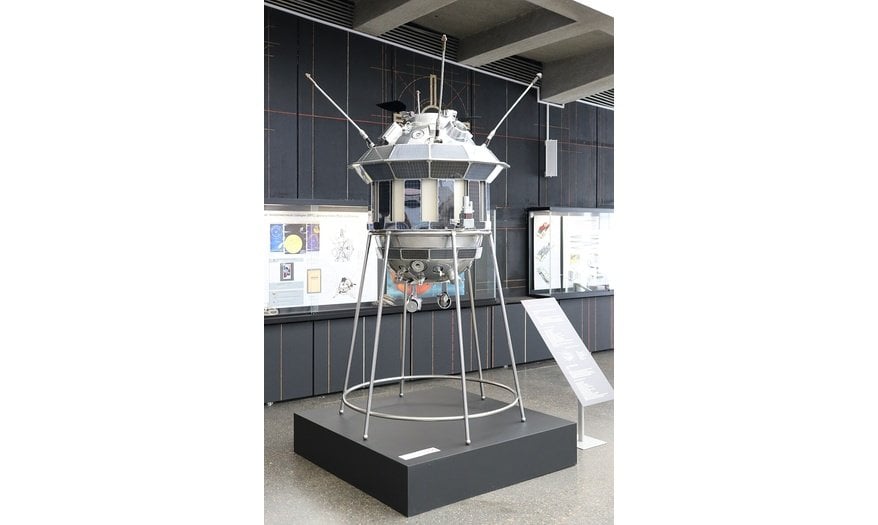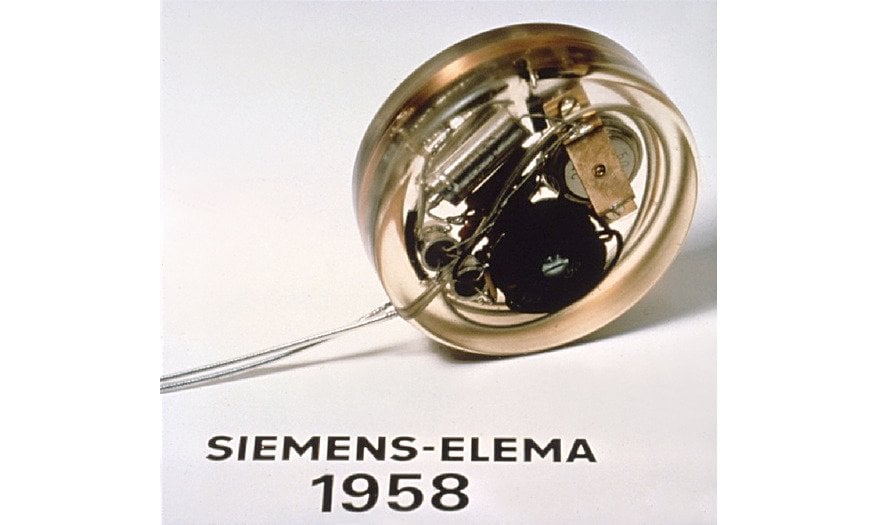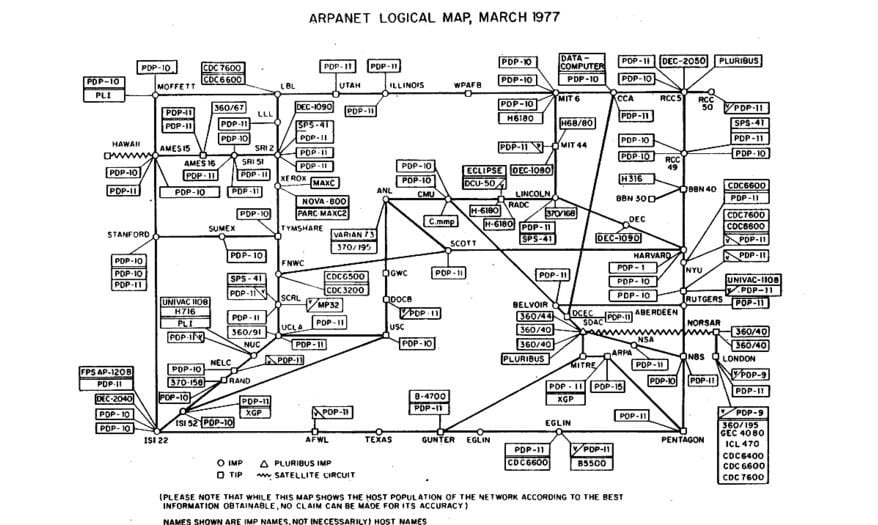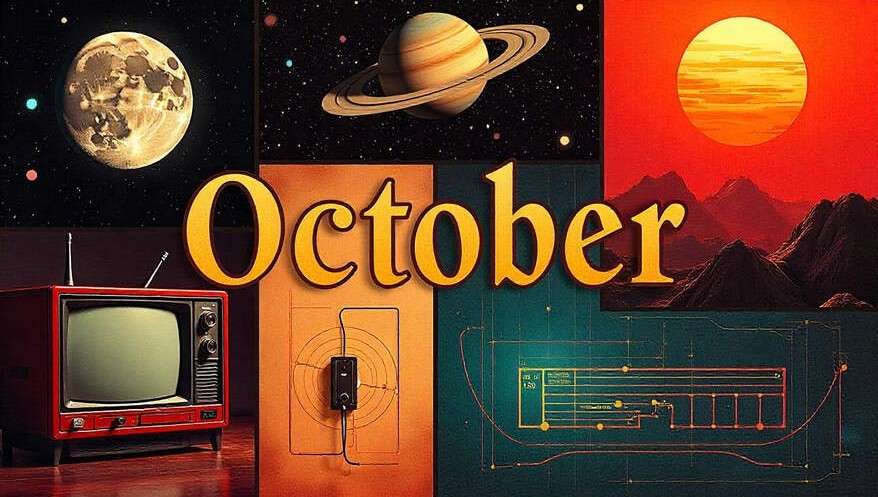Time Capsule: October 2025
Estimated reading time: 6 minutes
October has consistently hosted remarkable breakthroughs and historic milestones. Across science, technology, medicine, and exploration, many pivotal achievements occurred during this month, shaping human progress. The historical events in October not only altered the course of their respective fields but also had a lasting global impact. From revolutionary discoveries in space to groundbreaking advances in medicine, October offers a compelling record of human ingenuity, curiosity, and determination.
October 7, 1959
Luna 3 Mission

On October 7, 1959, the Soviet spacecraft Luna 3 successfully captured the first images of the Moon’s far side, a region never observed from Earth. This achievement dramatically expanded our understanding of lunar geography and demonstrated the potential of robotic space exploration. In addition, the images revealed unexpected surface features, prompting scientists to reconsider earlier lunar models. Consequently, it set the stage for subsequent lunar missions like Apollo and Luna 9. Furthermore, the mission reinforced the significance of space exploration in demonstrating national capability during the Cold War. This achievement thus became one of the most notable historical events in October, inspiring future lunar exploration.
October 8, 1958
First Implantable Pacemaker Developed
In October 1958, Swedish engineer Rune Elmqvist, in collaboration with cardiac surgeon Åke Senning, achieved a groundbreaking medical milestone by developing the first fully implantable pacemaker. This device was implanted into 43-year-old Arne Larsson, who suffered from complete heart block and frequent fainting spells. Despite initial skepticism about its viability, the pacemaker successfully restored Larsson’s heartbeat to a normal rhythm.
Although the first device failed after a few hours, subsequent models allowed Larsson to live for several decades, receiving a total of 26 pacemakers over his lifetime. This achievement marked one of the most significant historical events in October, revolutionizing cardiac treatment and significantly improving the quality of life for millions of patients worldwide.

October 10, 1675
Greenwich Observatory Founded
The establishment of the Royal Observatory in Greenwich, England, in October 1675 revolutionized navigation and timekeeping. Designed to improve maritime navigation, the observatory later became the reference point for Greenwich Mean Time (GMT), which remains a global standard for time measurement. Consequently, explorers, scientists, and traders relied on its observations to determine longitude and improve safety at sea. In addition, the observatory contributed to the systematic cataloging of stars and celestial events, providing essential data for future astronomers. By standardizing time and navigation practices, the Greenwich Observatory exemplified the transformative power of scientific institutions on global exploration and commerce.
October 15, 1997
Cassini-Huygens Probe Launched
The launch of the Cassini-Huygens mission on October 15, 1997, opened an unprecedented window into the Saturnian system. Over its 13-year mission, the probe sent back detailed images and data about Saturn’s rings, atmosphere, and moons, particularly Titan. These observations revealed methane lakes, icy geysers, and complex atmospheric dynamics, significantly advancing planetary science. Moreover, Cassini’s discoveries reshaped scientific understanding of planetary formation and habitability. Because of this mission, scientists could explore not only Saturn’s environment but also gain insights into exoplanetary systems. Thus, Cassini demonstrated the profound value of long-term, robotic space exploration in enhancing human knowledge.
October 17
Johannes Kepler’s Laws Publication Highlight
October is remembered in astronomy for the dissemination of Kepler’s laws of planetary motion, which precisely described how planets orbit the Sun. By combining careful observation with mathematical reasoning, Kepler demonstrated that planetary orbits are elliptical rather than circular. Consequently, his work laid the foundation for Newton’s law of universal gravitation and transformed astronomy into a predictive science. Additionally, Kepler’s laws enabled future astronomers to calculate planetary positions with unprecedented accuracy, facilitating space navigation and exploration. As a result, his contributions remain central to both historical and contemporary studies of celestial mechanics.
October 20, 1943
Streptomycin Discovery
In October 1943, Selman Waksman and his team discovered streptomycin, the first antibiotic effective against tuberculosis. This breakthrough had an immediate and profound impact on public health, saving millions of lives worldwide. In addition, the discovery of streptomycin initiated a golden era of antibiotics, catalyzing further research into microbial treatments. Consequently, once fatal diseases became manageable, highlighting the transformative power of biomedical research. The discovery also emphasized the importance of systematic soil microbiology in drug development, influencing modern pharmaceutical science.
October 26, 1948
Killer Smog
In October 1948, the town of Donora, Pennsylvania, was engulfed in a deadly smog caused by industrial emissions trapped by a weather inversion. Over five days, the toxic air led to the deaths of 20 people and sickened thousands more. This tragedy had an immediate and profound impact on public health awareness, exposing the dangers of unchecked industrial pollution. In addition, the Donora Smog catalyzed environmental movements and spurred scientific research into air quality and respiratory diseases.
Consequently, it paved the way for stronger air pollution regulations, including the U.S. Clean Air Act of 1963, highlighting the transformative role of environmental advocacy. The disaster also emphasized the critical need for balancing industrial growth with public health, shaping modern environmental policy.
October 29, 1969
ARPANET’s First Message Sent

On October 29, 1969, the ARPANET, the precursor to the modern Internet, transmitted its first message between UCLA and Stanford. This event marked the beginning of networked digital communication, fundamentally altering how information is shared. As ARPANET expanded, it introduced protocols that became the foundation of the Internet, connecting researchers, institutions, and eventually billions of users worldwide. Moreover, this milestone demonstrated how collaborative technological innovation can produce transformative global infrastructure. Therefore, the ARPANET launch is remembered not only as a technical achievement but also as a key moment in modern communication history.
Conclusion
October has repeatedly proven to be a month of extraordinary achievement and lasting influence. From the first television broadcast to groundbreaking space missions like Luna 3 and Cassini-Huygens, these historical events in October highlight humanity’s relentless pursuit of knowledge and innovation. Discoveries in medicine, such as streptomycin, and technological milestones like the launch of ARPANET, demonstrate how curiosity and ingenuity continue to shape societies.
Additionally, foundational work in astronomy, exemplified by Kepler’s laws, and the establishment of institutions like the Greenwich Observatory, remind us that exploration—whether of the cosmos or of our own world—remains central to human progress. Together, these events illustrate that October is not just another month on the calendar, but a period marked by transformative achievements that continue to inspire scientists, explorers, and innovators across generations.
Additionally, to stay updated with the latest developments in STEM research, visit ENTECH Online. Basically, this is our digital magazine for science, technology, engineering, and mathematics. Furthermore, at ENTECH Online, you’ll find a wealth of information.






